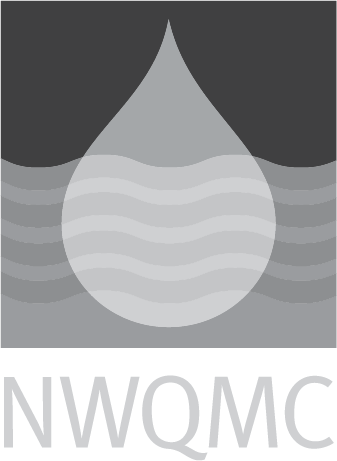EPA-NERL: 410.2: Chemical Oxygen Demand by Titrimetry
|
Official Method Name
|
Chemical Oxygen Demand (Titrimetric, Low Level) |
|---|---|
|
Current Revision
| Issued 1971; Editorial Revision 1974 and 1978 |
|
Media
|
WATER |
|
Instrumentation
|
Titration |
|
Method Subcategory
|
Organic |
|
Method Source
|
|
|
Citation
|
|
|
Brief Method Summary
|
Organic and oxidizable inorganic substances in an aqueous sample are oxidized by potassium dichromate solution in sulfuric acid solution. The excess dichromate is titrated with standard ferrous ammonium sulfate using orthophenanthroline ferrous complex (ferroin) as an indicator. |
|
Scope and Application
|
This method determines chemical oxygen demand in surface waters, and domestic and industrial wastes with low demand characteristics. |
|
Applicable Concentration Range
|
5 to 50 mg/L COD |
|
Interferences
|
(A) Contamination: Trace organics from glassware or the atmosphere can cause gross positive error. Run blanks through glassware to eliminate trace organics. (B) Volatiles: Volatile organics may be lost when the temperature rises during the addition of sulfuric acid. (C) Chlorides: Chlorides are quantitatively oxidized by dichromate and represent a positive interference. Mercuric sulfate is added to the digestion flask to complex chlorides and eliminate the interference. |
|
Quality Control Requirements
|
None. |
|
Sample Handling
|
Glass bottles are preferred; use plastic containers only if they are know to contain no organic contaminant. Analyze biologically active samples as soon as possible, and thoroughly homogenize all samples. Preserve samples at pH < 2 with sulfuric acid and refrigerate at 4oC. |
|
Maximum Holding Time
|
28 Days (MCAWW, Table 1). |
|
Relative Cost
|
Less than $50 |
|
Sample Preparation Methods
|




